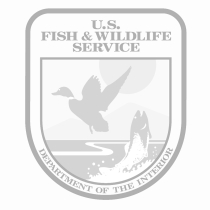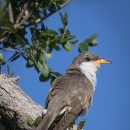The USFWS Avondale Burned Area Rehabilitation Project was initiated after the June, 2020 Avondale Fire, which burned approximately 350 acres of riparian riparian
Definition of riparian habitat or riparian areas.
Learn more about riparian lands directly adjacent to the Lower Gila River. The site is located just outside of Avondale, Arizona, in the Phoenix Metro Area. Much of the burned area was salt cedar thicket (Tamarix) and approximately 75 acres within the fire boundary were considered susceptible to permanent damage if not responded to with agency intervention.
The main strategies being implemented at this BAR project site include clearing of non-native tamarisk species, re-planting of native species and native seeding, and maintenance through herbicide use. Through implementation of these strategies, land managers hope that habitat value will increase for all species, especially those that are protected, competition from non-native species will decrease after clearing and replanting, ecological resiliency will be increased in the event of another wildfire, and consequently recreation opportunities, which are abundant, will increase due to increased aesthetic value of the site.
The land where the USFWS Avondale BAR Project is being conducted is designated as Public Land Order 1015 (PLO 1015) and is federal lands formerly referred to as the Gila River Waterfowl Area. The land order consists of a string of parcels that originate at the crossing of the Gila River and S. El Mirage Road and follow the river downstream to Gillespie Dam, south of Arlington.
The first phase of the Burned Area Rehabilitation Project consists of grubbing (removing trees with heavy equipment, including root balls). Following grubbing the project will focus on planting and seeding and maintaining salt cedar resprouts with herbicide applications. Planting post-grubbing will the be the major rehabilitation strategy for this BAR project. A few hundred pounds of seed will be spread in areas where planting isn't as easily accessible or where establishment may be more difficult.





